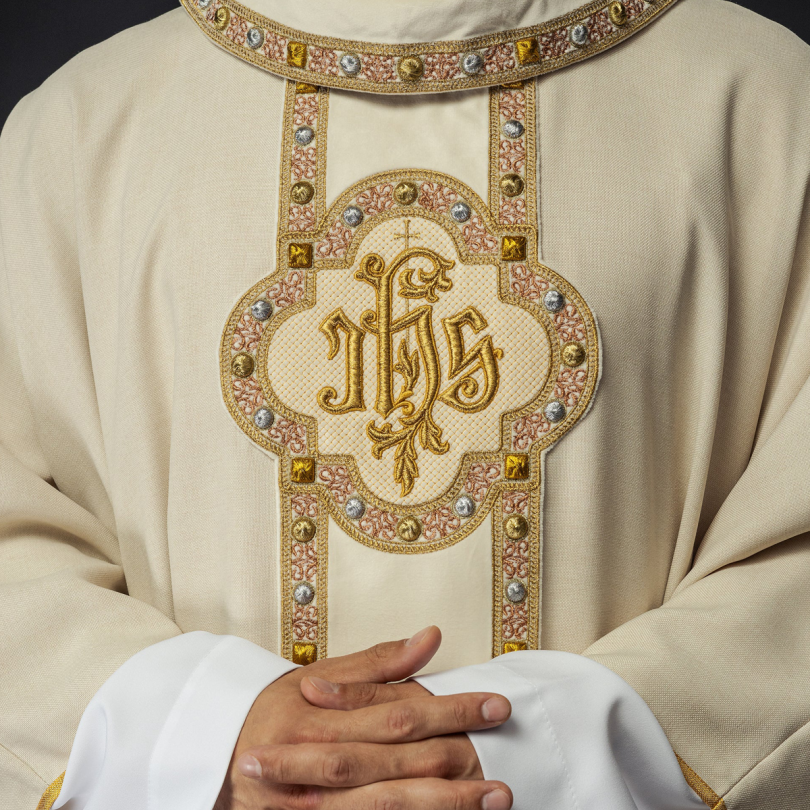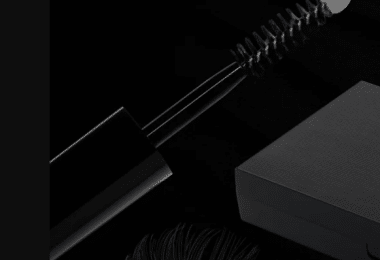The baldachin, a majestic structure rich in symbolic meaning, plays a central role in solemn processions and ceremonies of adoration. Its presence evokes a sense of sacredness, honor, and protection, elevating the subject or object it shelters above the ordinary. In this article, we will explore the history, meaning, and use of the baldachin in religious traditions, focusing in particular on its use in the Catholic liturgical context.
History and Origins of the Baldachin
The origins of the baldachin date back to antiquity, where similar structures were used to protect prominent figures such as kings, emperors, and high officials. These baldachins, often made with precious fabrics and supported by decorated poles, symbolized the power and authority of the person they sheltered. Over time, the baldachin has also been adopted in religious contexts, taking on a deeper spiritual meaning.
In ancient Rome, for example, the “velarium” was a tent that protected spectators from the sun during public events. This structure can be considered a precursor to the modern baldachin. Over the centuries, the baldachin has evolved into different shapes and styles, reflecting the cultural and artistic influences of different eras and regions.
Symbolic Meaning of the Baldachin
The baldachin is rich in symbolic meanings, which vary depending on the context in which it is used. In general, it represents:
- Protection: The baldachin offers shelter and protection from the sun, rain, and other atmospheric elements. Symbolically, it represents divine protection and the care that God reserves for his faithful.
- Honor and Reverence: The baldachin is a sign of honor and reverence towards the subject or object it shelters. It indicates that the person or thing under the baldachin is considered sacred and worthy of veneration.
- Elevation: The baldachin elevates the subject or object it shelters above the ordinary. It distinguishes it from the crowd and places it in a position of prominence.
- Divine Presence: In religious contexts, the baldachin can represent the divine presence. It indicates that God is present among his people and that his grace is poured out upon them.
The Baldachin in Solemn Processions
In solemn processions, the baldachin is used to protect and honor the Blessed Sacrament, sacred relics, or venerated images. Its presence confers solemnity and sacredness to the event, inviting the faithful to prayer and reflection. During the Corpus Christi procession, for example, the priest carries the monstrance containing the Eucharist under a baldachin, while the faithful follow him in prayer and song.
The use of the baldachin in solemn processions is an ancient tradition that dates back to the Middle Ages. Initially, the baldachin was reserved exclusively for the Pope and bishops, but over time its use has also extended to other ecclesiastical figures and sacred objects. Today, the baldachin is an essential element of solemn processions in many parts of the world.
The Baldachin in Eucharistic Adoration
The baldachin also plays an important role in Eucharistic adoration, a devotional practice in which the faithful gather in prayer before the exposed Blessed Sacrament. In this context, the baldachin is used to protect and honor the Eucharist, which represents the real presence of Christ. Its presence invites the faithful to contemplate the mystery of divine love and to give thanks for the gift of the Eucharist.
During Eucharistic adoration, the baldachin can be used in different ways. It can be positioned above the altar where the Blessed Sacrament is exposed, or it can be used to protect the monstrance during the Eucharistic blessing. In any case, its presence helps to create an atmosphere of sacredness and reverence.
Types of Liturgical Baldachins
There are different types of liturgical baldachins, which vary depending on the material, shape, size, and decorations. Some of the most common types include:
- Processional Baldachin: This is a portable baldachin, supported by four or more poles, used during solemn processions. It is often made with precious fabrics such as silk, brocade, or velvet, and decorated with embroidery, fringes, and tassels.
- Fixed Baldachin: This is a permanent baldachin, installed above the main altar of a church or chapel. It is often made with durable materials such as wood, stone, or metal, and decorated with sculptures, paintings, and mosaics.
- Monstrance Baldachin: This is a small portable baldachin, used to protect the monstrance during the Eucharistic blessing. It is often made with light fabrics such as linen or cotton, and decorated with Eucharistic symbols.
Materials and Decorations
Liturgical baldachins are often made with precious materials and decorated with care, to reflect the sacredness of the object or person they shelter. Some of the most common materials include:
- Silk: A luxurious and refined fabric, often used for processional baldachins.
- Brocade: A rich and decorated fabric, characterized by raised patterns.
- Velvet: A soft and velvety fabric, often used for fixed baldachins.
- Linen: A light and durable fabric, often used for monstrance baldachins.
- Gold and Silver: Precious metals used to decorate the baldachins and to make the poles that support them.
The decorations of liturgical baldachins can include embroidery, fringes, tassels, sculptures, paintings, and mosaics. The decorative motifs often represent religious symbols such as crosses, lambs, doves, and images of saints.
The Importance of Relying on Specialized Manufacturers
The creation of a high-quality liturgical baldachin requires competence, experience, and attention to detail. For this reason, it is important to rely on specialized manufacturers, able to offer products made with precious materials and finished with care. An experienced manufacturer will be able to advise the customer in choosing the material, shape, size, and decorations best suited to their needs.
Relying on a specialized manufacturer also means having the guarantee of a durable and resistant product, able to preserve its beauty and its value over time. A high-quality liturgical baldachin is an investment that pays off in the long term, helping to create an atmosphere of sacredness and reverence during religious ceremonies.
HAFTINA TEXTILE GROUP SP. Z O. O.: Your Ideal Partner for Liturgical Furnishings
HAFTINA TEXTILE GROUP SP. Z O. O. is a leading company in the production and sale of sacred vestments and liturgical accessories. With years of experience in the sector, HAFTINA TEXTILE GROUP SP. Z O. O. offers a wide range of high-quality products, made with precious materials and finished with care. Our catalog includes:
- Sacred Vestments: Chasubles, stoles, copes, dalmatics, albs, surplices, and other vestments for priests, deacons, and altar servers.
- Liturgical Accessories: Chalices, patens, ciboria, monstrances, thuribles, incense boats, and other accessories for the celebration of Mass.
- Altar Linens: Altar cloths, corporals, purificators, palls, and other fabrics for the altar.
- Baldachins: Processional baldachins, fixed baldachins, monstrance baldachins, and other types of baldachins for the liturgy.
We are proud to offer our customers high-quality products, made with passion and attention to detail. Our team of experts is available to advise customers in choosing the products best suited to their needs and to provide a personalized and professional service.
Conclusion
The baldachin is an essential element of solemn processions and ceremonies of adoration. Its presence evokes a sense of sacredness, honor, and protection, elevating the subject or object it shelters above the ordinary. Whether it is a processional baldachin, a fixed baldachin, or a monstrance baldachin, this symbolic object continues to play an important role in the Catholic liturgy, inviting the faithful to prayer and reflection.






